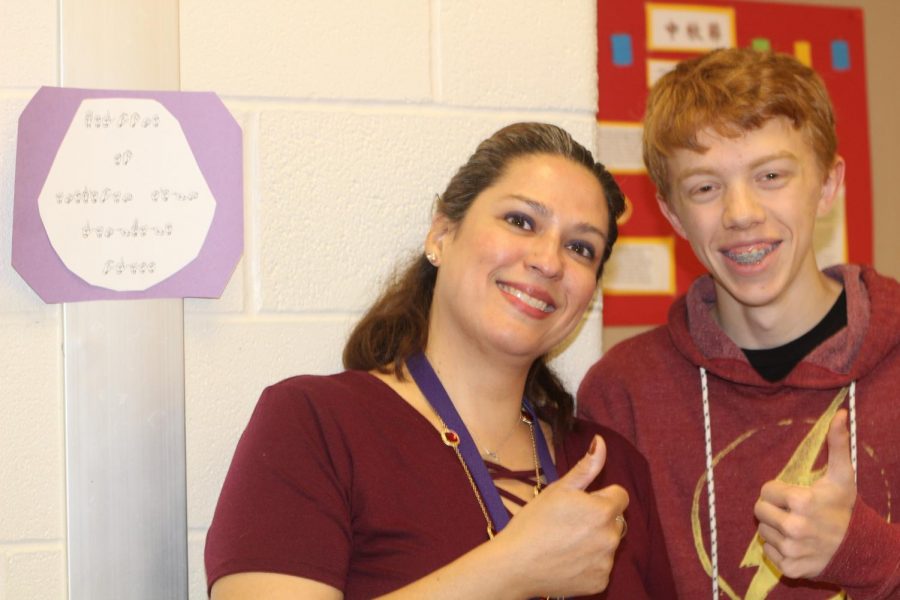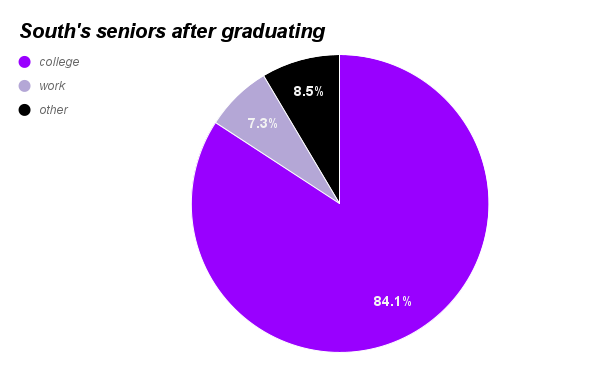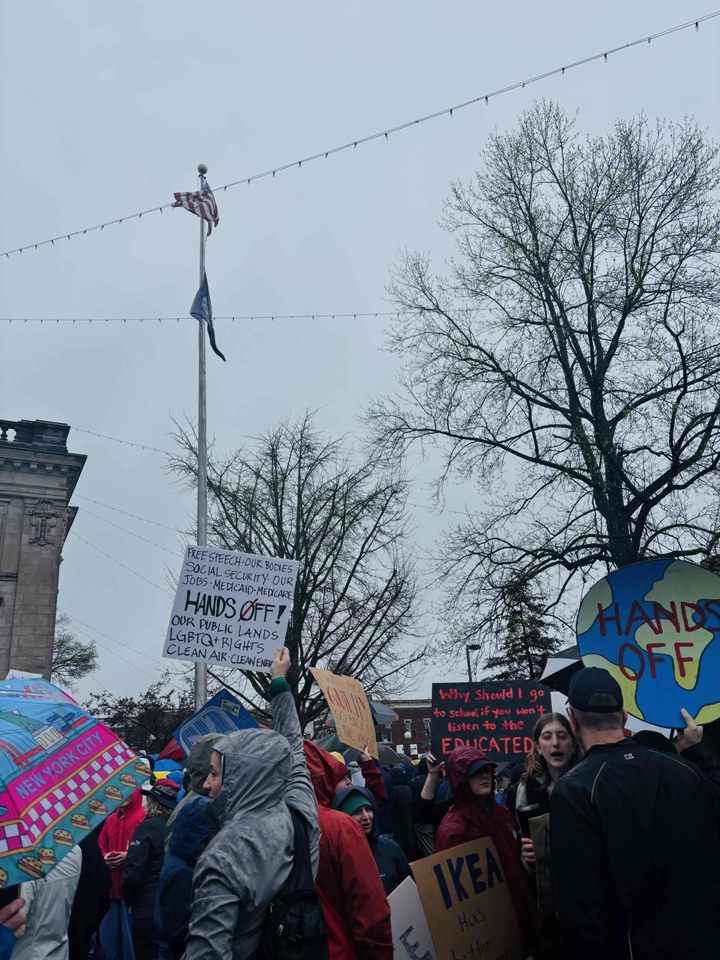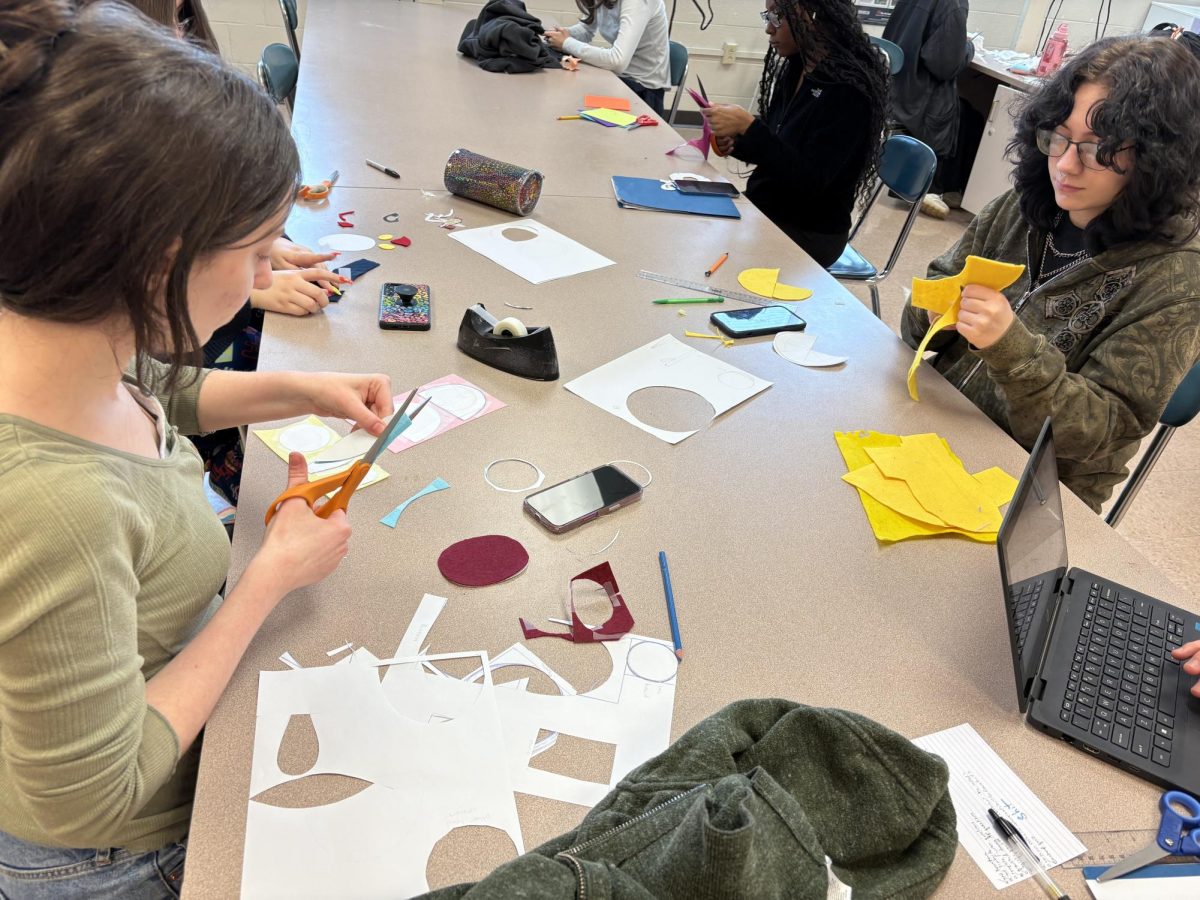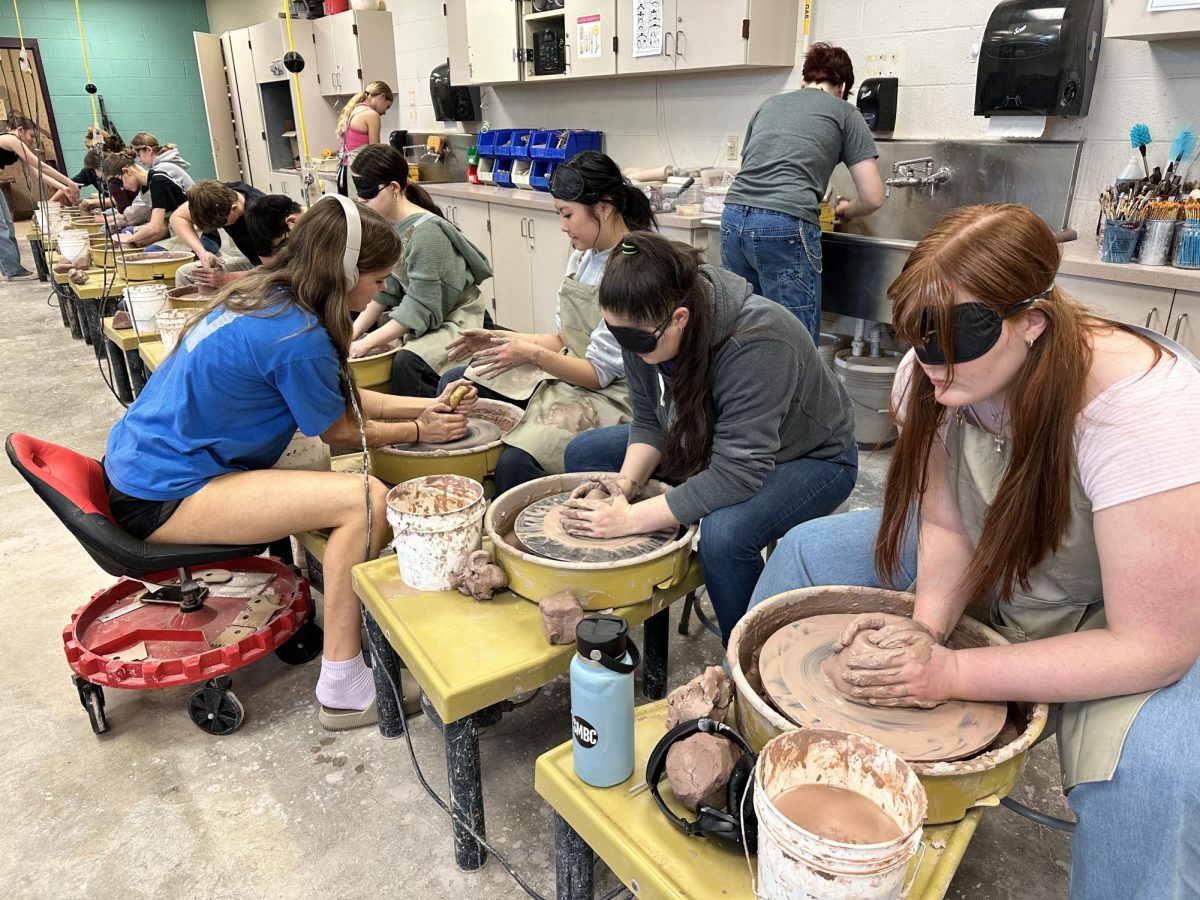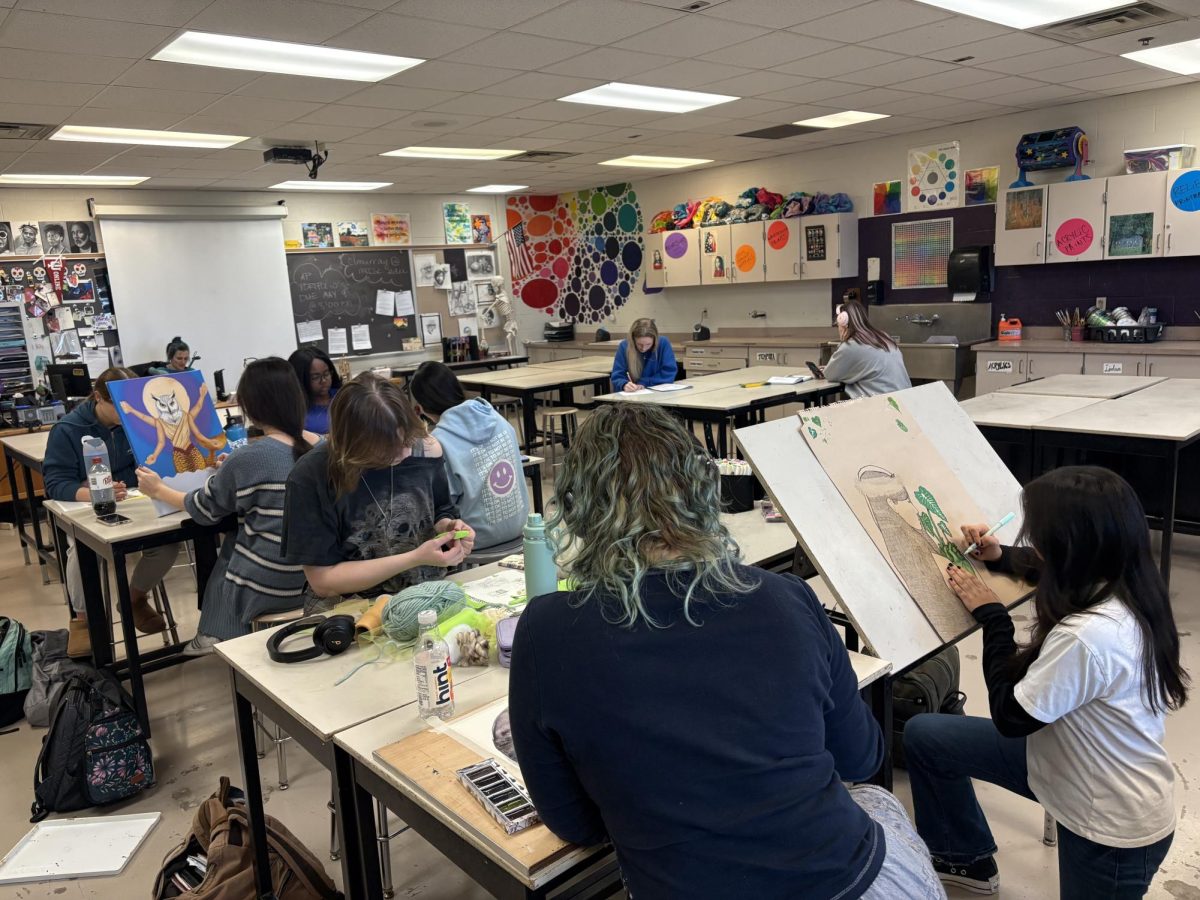Imagining an entirely quiet classroom of high school students may seem like an impossible fantasy to most teachers, but for new MCCSC Sign Language teacher, Karla Castellanos, this has become a reality for her ASL I (American Sign Language) students.
This school year, MCCSC picked up a new initiative to begin offering ASL classes to high school students as a foreign language credit. Although currently working on her teaching license, Castellanos has been “teaching and developing an ASL program on and off for more than 20 years.” Now, she spends the morning teaching ASL at South and at North in the afternoons.
Castellanos lost her hearing due to unknown causes at the age of two and has been using ASL as her primary mode of communication ever since. She has had experience tutoring after school, creating ASL programs for business, and teaching at Ivy Tech. A qualified and diligent teacher, Castellanos has found ways to control and empower the classroom even through a communication barrier.
“In real world, most deaf teachers teach ASL without ASL interpreters,” Castellanos said. “It can be challenging, but the students and the teacher as me have to learn to respect each other.”
“Overall, I enjoy teaching which is the most important thing,” she said.
Castellanos grew up in Chicago before attending Governors State University for a B.A. in interdisciplinary studies: Communication and Psychology with a Masters in Communication. She “enjoyed attending at that university” despite the communication barrier, as the school “[was] very supportive.”
“The challenge part was writing- between English and ASL,” she said of her experience.
ASL is not only about learning how to sign, but also learning how to properly format sentences. The linguistics, grammar patterns and sentence structures between sign language and English are surprisingly different, while complex ideas can still be expressed through ASL, the language follows a much simpler pattern of speaking in general.
“English can be difficult for some [deaf] people,” Castellanos said. “[Although, most deaf people] eventually do learn English.”
Castellanos learned English herself while in elementary school, but, as a Mexican-American, her first language was Spanish. She hopes to be able to learn more Spanish sign language (called Language Sign Mexican or LSM).
She also hopes to continue to teach ASL 2 next year with the school, as her students “spread the word to other students” about the relatively novel class.
“I’m very happy to work for MCCSC and I will make sure that ASL classes are fun and [successful for] the program,” she said.
